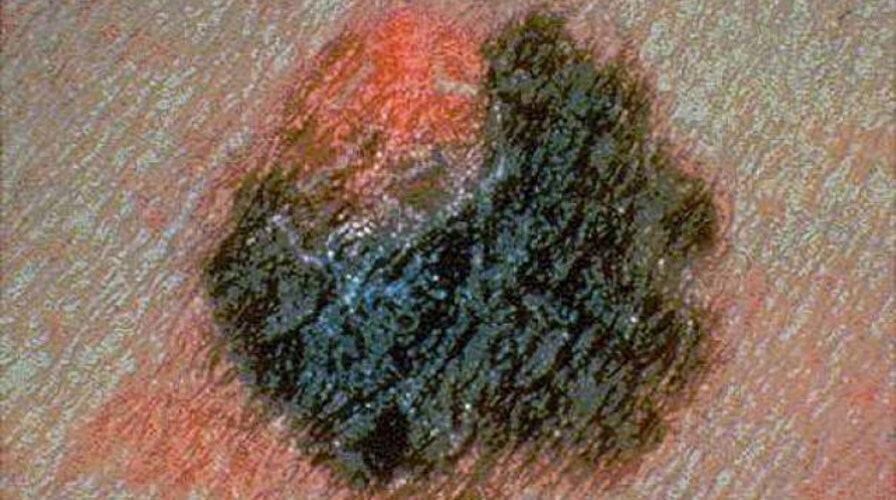Skin cancer affects people of all ages and races, and it most often develops on the areas of a person’s skin most exposed to the sun. It is the most common form of cancer diagnosed in the U.S., with more than 3.5 million diagnoses annually. According to the American Cancer Society, skin cancer diagnoses equal more than the new diagnoses of breast, prostate, lung and colon cancers combined.
There are three major types of skin cancer: basal cell carcinoma (BCC), squamous cell carcinoma (SCC) and melanoma. BCC is the most common form of skin cancer and most often occurs on the most sun-exposed areas of your body (i.e. face and neck). It often appears as a pearly or waxy bump, or a flat, flesh-colored or brown scar-like lesion. SCC also often occurs on sun-exposed areas of your body, but it presents as a firm, red nodule or a flat, scaly or crusty lesion.
Melanoma, on the other hand, can develop anywhere on your body – even on skin that is not often exposed to the sun. In men, it most commonly appears on the trunk, head or neck – and in women, the lower legs. It often presents as a large brown spot with dark speckles; a mole that changes color, size or texture; a small lesion with irregular borders; or dark lesions on your palms, fingertips, soles or toes. It is from these signs that the “ABCDEs of Melanoma” were developed:
A: Asymmetry of the mole. If you were to draw a line across the mole, the two halves will be very different.
B: Borders of the mole are uneven.
C: Color varies throughout the mole. This can include different shades of brown, tan, black or even red, blue or another color.
D: Diameter of the mole is greater than 6 millimeters (or the size of a pencil eraser); melanomas tend to be larger than benign moles.
E: Evolution of the mole, in size, shape, color, and texture can be indicative of melanoma.
It is estimated that one in five Americans will develop skin cancer, so the chance of you or someone you know developing skin cancer is more real than you may think. Fortunately, there are some easy tips to help prevent skin cancer.
First, wear at least SPF 30 sunscreen and protective clothing (e.g. long sleeve shirts, pants, wide-brimmed hats, sunglasses, etc.) every day – even on cloudy days. Reapply your sunscreen every two to three hours, especially if you are swimming or sweating. Seek shade during the sun’s harshest hours: between 10 a.m. and 4 p.m.
Second, avoid tanning, tanning beds and sun burns. Also, be watchful for any new or changing spots on your skin. If you do see any spots that are new, have changed, are itchy or are bleeding, see your dermatologist immediately. Not all changes are caused by skin cancer, but it’s always best to speak with your dermatologist. Early detection affords you the greatest likelihood of successful treatment.

